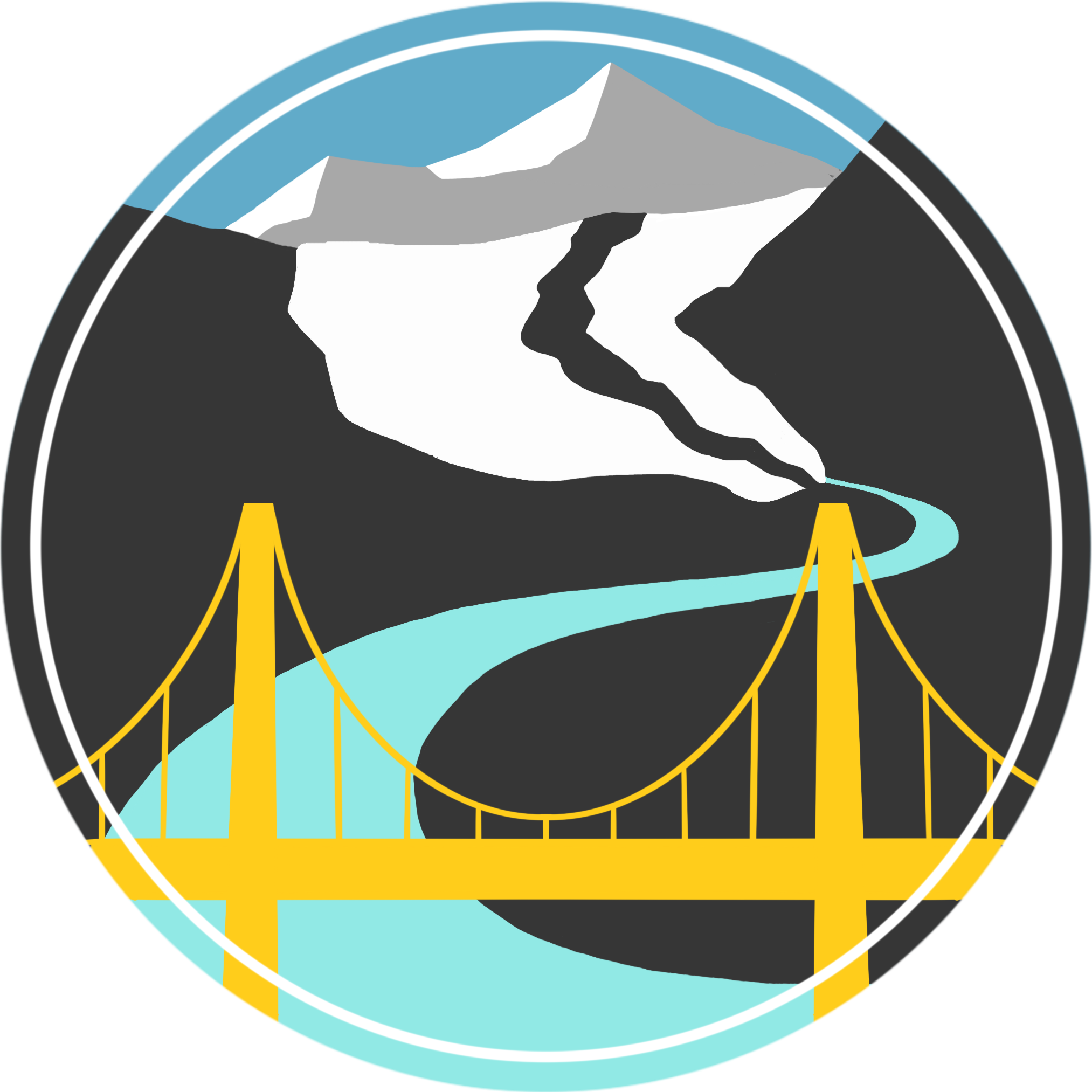
Glacier Extremes: The Impact of Wildfires & Heatwaves on Glacier Mass Loss in Alaska
Glaciers are rapidly losing mass impacting sea-level rise, water resources, ecosystems, climate, culture, and tourism. Alaska is projected to be one of the largest regional contributors to sealevel rise through the 21st century. Improving our understanding of the drivers of mass change and our ability to project mass loss in Alaska is therefore essential for supporting climate adaptation and mitigation efforts. This NSF-funded project focuses on advancing our process-based understanding of the role that glacier feedbacks, wildfires, and heatwaves have on glacier mass loss in Alaska. These processes have hitherto been excluded in large-scale glacier evolution modeling. We will use in-situ measurements, remote sensing data, regional and global climate models, glacier energy balance models, and glacier evolution models to investigate the impact of these extreme events across a range of spatial and temporal scales. Case studies and controlled simulations will be used to advance our process-based understanding of the primary and secondary feedback driving glacier changes. This knowledge will be integrated into state-of-the art glacier evolution models to produce projections of glacier mass loss in Alaska that account for wildfires, heatwaves, and glacier feedbacks.
This project includes collaborations with Dr. Hamish Gordon at CMU.
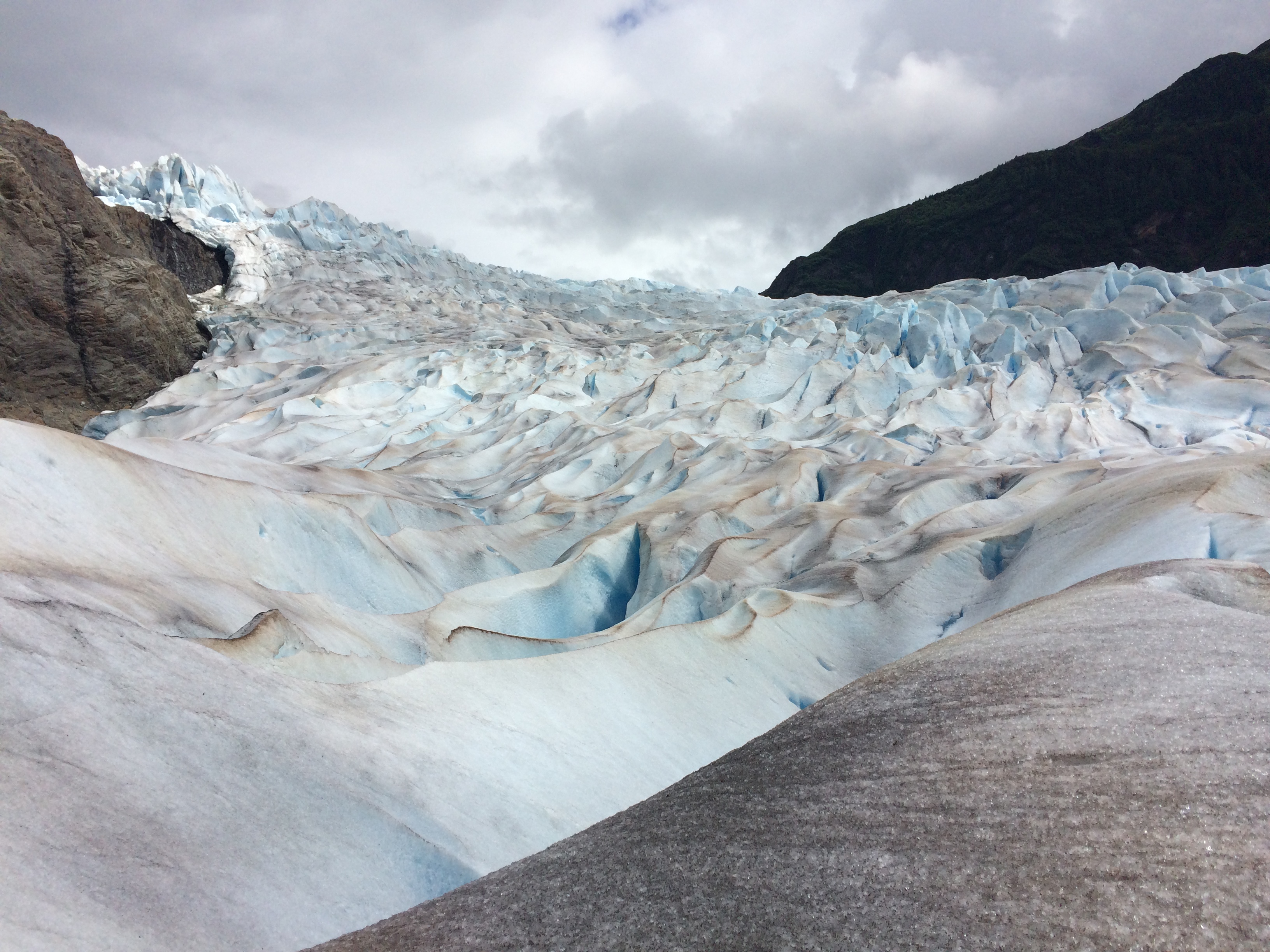
From Observations to Predictions: Constraining the Future Evolution of Alaska's Glaciers
Glaciers in Alaska's National Parks are rapidly losing mass affecting sea-level rise rise, water resources, ecosystems, culture, and tourism. While previous studies have extensively measured the mass change of these glaciers, we lack a forecast of the anticipated future changes that can support planning and adaptation strategies. This National Park Service-funded project focuses on leveraging existing observations of glacier change to support the development of new data assimilation strategies that will ultimately improve projections of glacier mass and area changes in Alaska's National Parks.
This project includes collaborations with the National Park Service and University of Alaska Fairbanks.
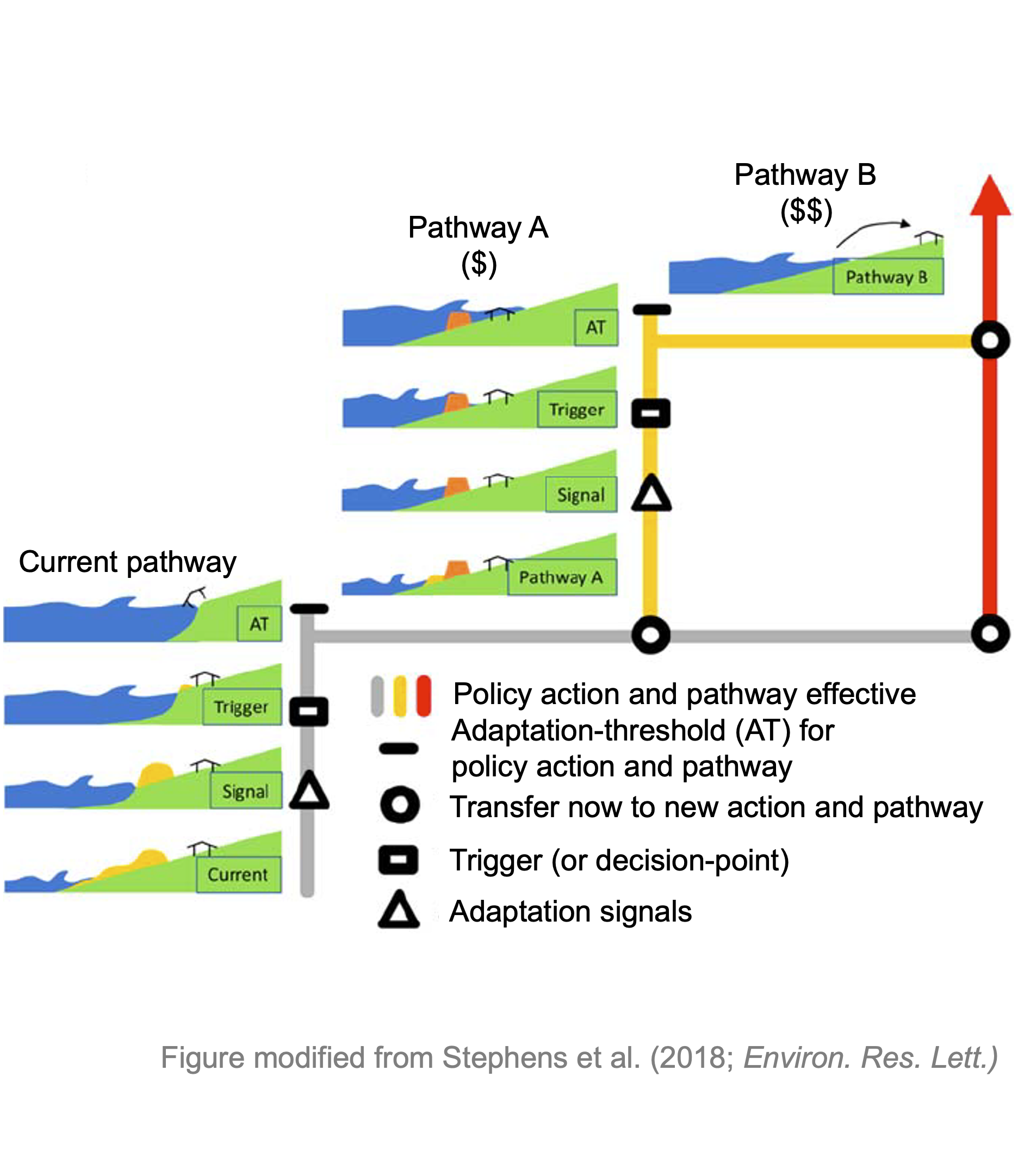
Facilitating Dynamic Adaptive Pathways for Coastal Decision-Makers through Land Ice and Water Projections
Regional sea-level (RSL) rise in the Gulf of Mexico is projected to increase flood risks, exacerbate erosion and loss of ecosystems/property, and jeopardize freshwater resources. Dynamic adaptive policy pathways is an approach that enables coastal planners to identify a series of possible adaptation strategies that address short-term needs while maintaining flexibility to modify/implement additional actions to address future impacts depending on how conditions unfold. This National Academy of Sciences-funded project seeks to advance our understanding of the primary processes driving RSL along the Gulf Coast, refine probabilistic projections of RSL, and develop a tool based on these projects that supports the development and implementation of these dynamic adaptive policy pathways to enhance resilience of Gulf communities.
This project includes collaborations with The Water Institute, PLACE:SLR, NASA JPL, and the University of New Hampshire.
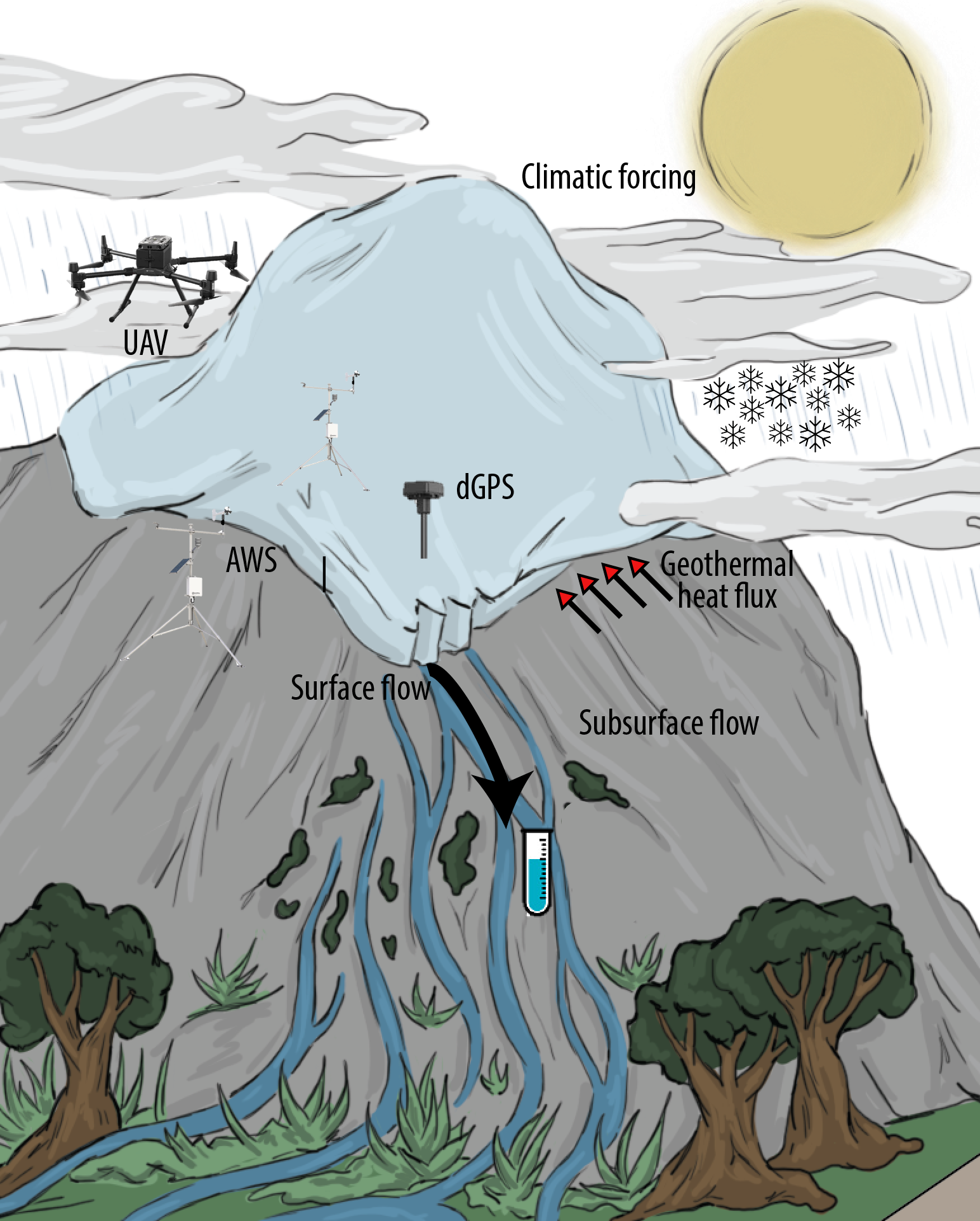
Tropical Glacierized Volcanoes in Ecuador as Sentinels of Global Change
Glacierized volcanoes in the tropical Andes are understudied sentinels of global change. In the inner tropics, glaciers are found exclusively on volcano peaks above the unique Andean páramo ecosystems that serve as global biodiversity hostpots, harbor some of the highest carbon stocks per unit area on Earth, and sustain Indigenous agrarian communities who have stewarded the land and waters for generations. Glaciers here are rapidly being lost to climate change, yet the vast majority of studies on glacier retreat and downstream impacts are concentrated in mid- to high-latitudes. This NSF-funded project seeks to quantify how climate change drives glacier retreat on the culturally and ecologically critical Andean volcanoes in the inner tropics, triggering coupled impacts on water quantity, water quality, plant distributions, and elemental budgets.
This project includes collaborations with Dr. Katherine Flanigan at CMU, Gustavus Adolphus College, University of Minnesota, Penn State University, UNC-Chapel Hill, and numerous partners in Ecuador.
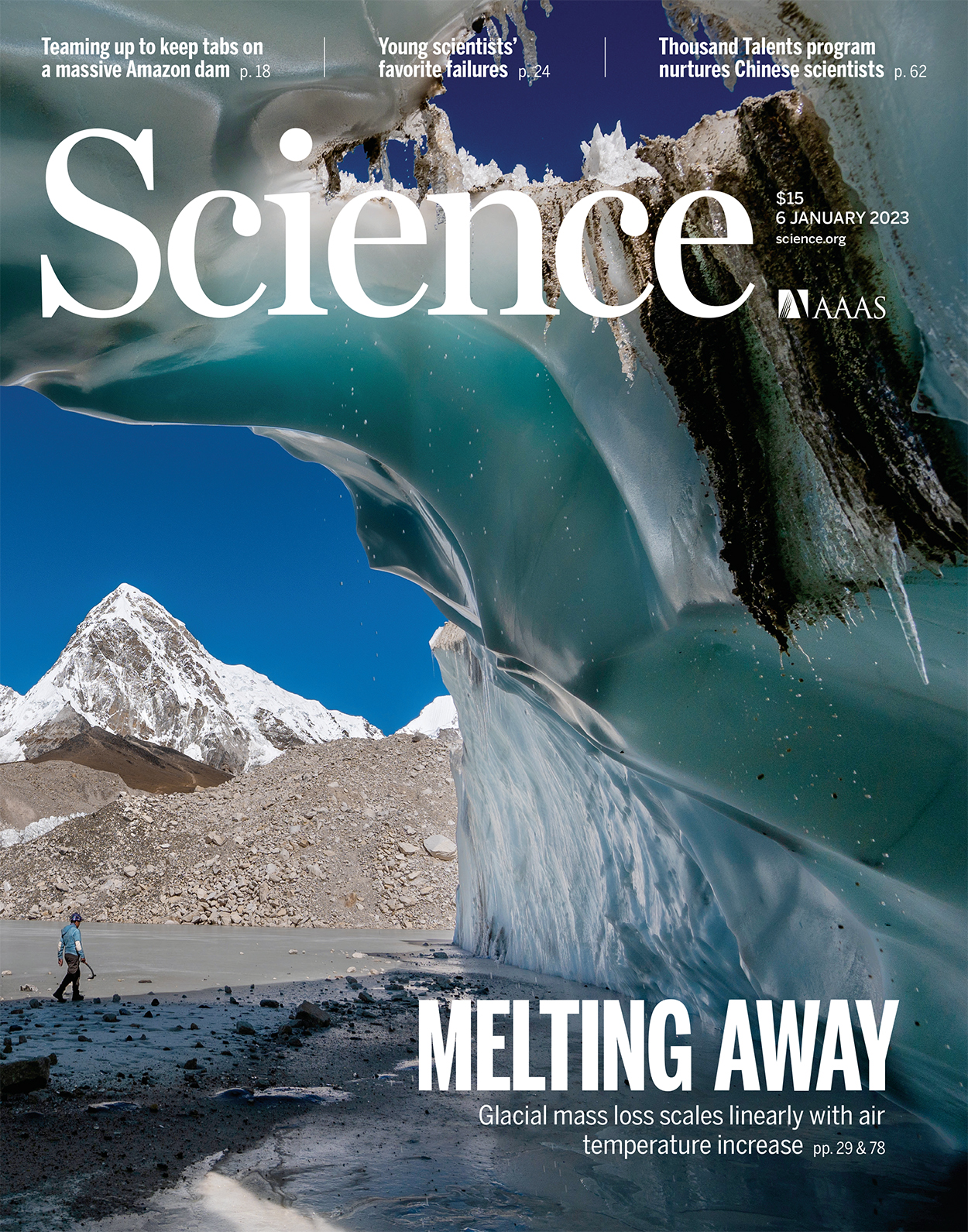
Quantifying Contributions from Glaciers and Terrestrial Hydrology to Sea Level Change
Glacier and land water storage changes are two of the largest contributors to global mean sea level. Understanding the timing and magnitude of sea level change is important for all coastal communities. In order to accurately project glacier and land water storage changes to sea level we need a clear picture of the link between glaciers and terrestrial hydrology, and must advance how process-based models account for key glacier processes and human intervention. This NASA-funded project, as part of the NASA Sea Level Change Team, seek to understand and quantify the contribution of total water storage on land to global mean sea level change from 1950-2100, and distinguish its two most important components: glacier mass change and land water storage change.
This project includes collaborations with the University of New Hampshire and University of Alaska Fairbanks.

Impact of Future Hydrology on Urban Best Management Practices in the Chesapeake Bay Watershed
The Chesapeake Bay watershed comprises more than 18 million people and supports a vibrant ecosystem, especially at the Chesapeake Bay. All the stormwater runoff that comes from the ~64,000 square miles of land upstream thus affects the water quality and ecosystem health. This EPA-funded project seeks to support the Chesapeake Bay Program's efforts to protect the Chesapeake Bay under current and future climatic conditions. Our work specifically seeks to quantify the performance of urban and rural best management practices in a changing climate to help develop, design, and implement climate resilient stormwater management practices in the region.
This project includes collaborations with RAND, The Water Institute, Cornell University, Chesapeake Stormwater Network, and the Chesapeake Bay Program.
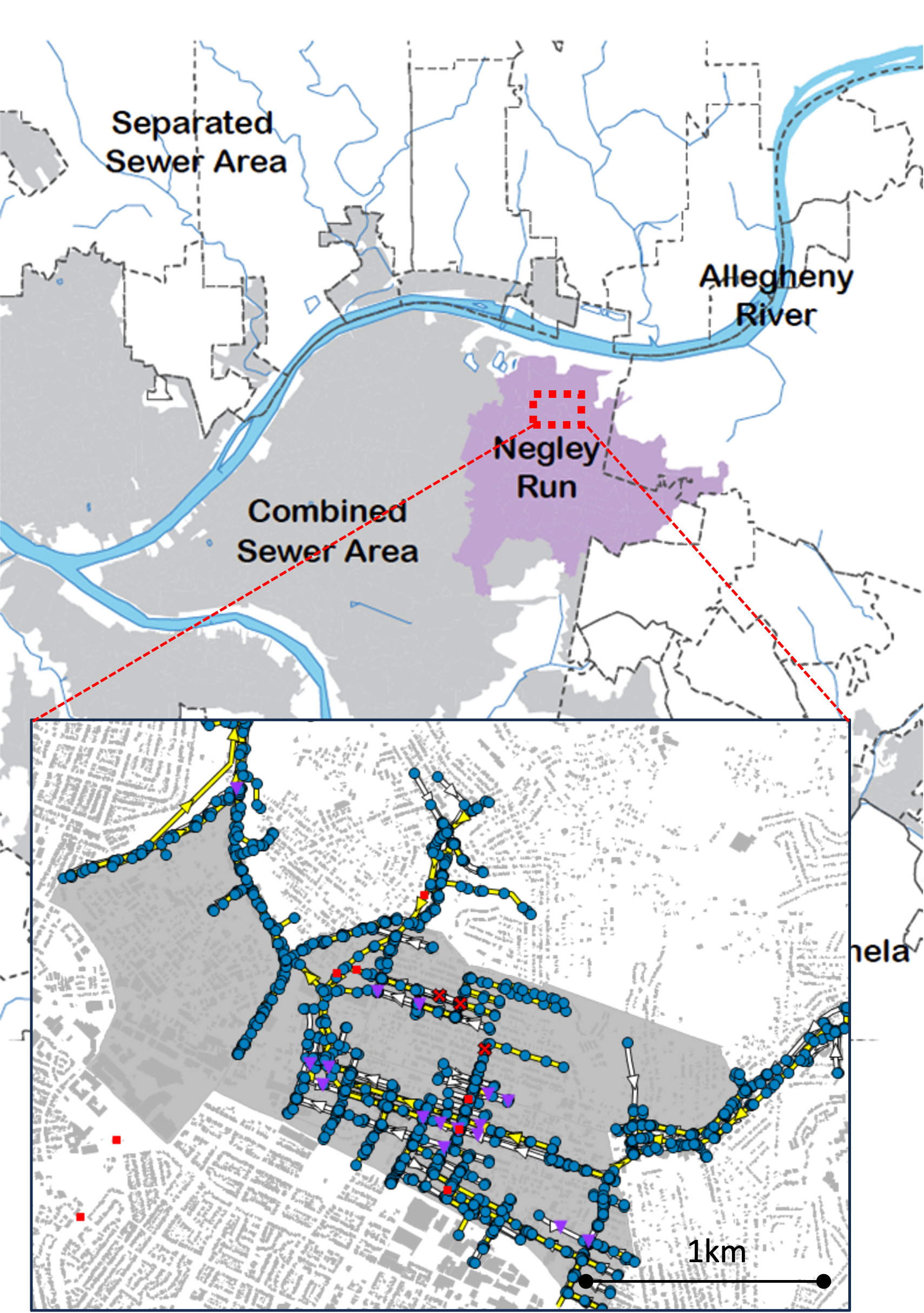
Mid-Atlantic Regional Sciences and Assessments (MARISA) 2.0: Urban Flood Management in Pittsburgh, PA
The Mid-Atlantic region faces numerous challenges related to climate change including changes in extreme heat and precipitation. This NOAA-funded project seeks to collaborate with Mid-Atlantic communities to co-develop tools and provide decision support to support the development and implementation of climate-resilient adaptation strategies. Our interdisciplinary approach that blends the physical and social sciences seeks to develop an integrative framework to support adaptation efforts associated with extreme precipitation in underserved areas. Our specific focus has been on improving estimates of the hazards and corresponding risks of urban flooding, which includes a monitoring effort of the stormwater system, the generation and improvement of dual-drainage flood models to more accurately estimate risks at the block scale, and the incorporate of climate projections to ensure that adaptation strategies are resilient to future changes in extreme precipitation.
This project includes collaborations with Dr. Costa Samaras at CMU, RAND, The Water Institute, Cornell University, and the Negley Run Watershed Taskforce.
